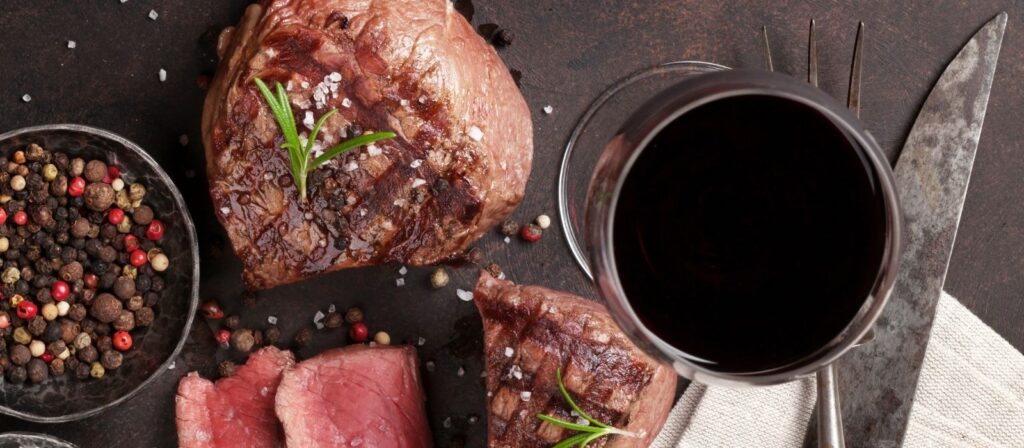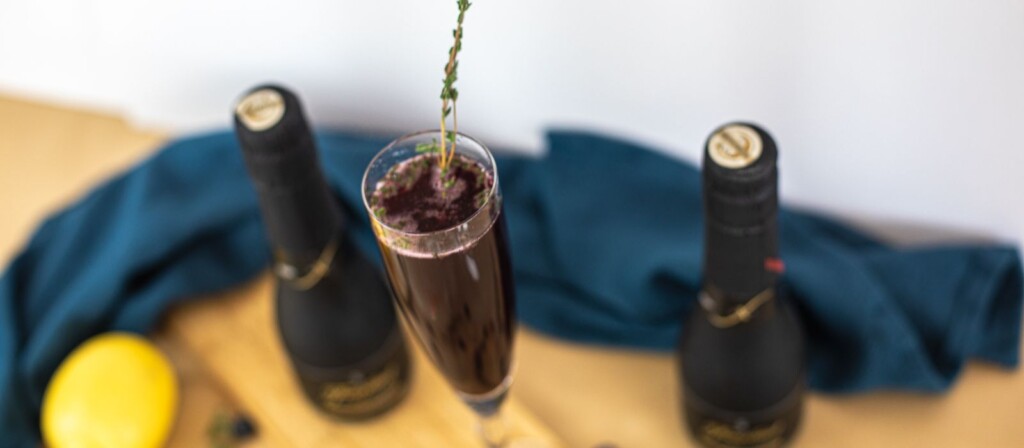No one assumes that you will know how to ride a bicycle just because you want to. You have to learn to ride a bike. If you do, it will become second nature. As easy as riding a bike. But you have to learn. The same goes when you want to learn to like new wines.
Some wines you try and you like, other wines you have to learn to appreciate. Have you ever been at a catered event where your choices are white wine you don’t love and red wine you don’t love?
Or worse. Someone has opened a good, expensive bottle and you can’t stand it?
Plus, the more you get “into wine,” the more opportunities there will be to have wines that you might not like. Everyone else in the room will be absolutely loving something and you just “don’t get it.”
For most of us, I bet that learning to broaden our palates is a bigger part of drinking wine than we realize. We may not be broadening our palates on purpose, but we’re doing it nonetheless.
Think back to when you first started drinking wine, or even better first started drinking. You probably only liked, or in some cases tolerated, one or two things. But your tastes evolved, you may not have tried to started liking something, you just tried it off and on a handful of times and eventually you liked it.
This process can be repeated on purpose. Like training wheels, I call them “training wines.”
Related: Grab one of the most highly-rated corkscrews for opening new wine bottles you might think about picking up.
How to Learn to Like New Wines
Say you don’t really like Italian reds. Anne and I used to be in this category. The sommelier who taught our WSET level 1 course had an idea. He gave us a bottle from Tuscany that was made in the style of Bordeaux.
It worked.
It was familiar in its flavours. But it was different. The fruit was riper, it had less acid. It tasted Italian. That wine gave us a stepping stone. Next we tried a few Chiantis. They were a touch of a struggle, but it was an approachable doable struggle. Before, when we tried Chianti there was not much pleasure in it. Now as each bottle ticked by we enjoyed them more and more. I like them now. I enjoy Chianti now.
It is still a work in progress for Anne, but she is well on her way.
Another example was the first time we tried Sémillon. Sémillon is a major component of white Bordeaux. (The other being Sauvignon Blanc.) Thankfully we bought a half case of Mouton Cadet white. The first time we tried it, we were worried that we had to drink another 5. It did not go well.
Anne figured we could use a lot of it up in risotto. Then I opened the next bottle.
It was better. I didn’t like it, but I saw an opportunity to keep drinking it. The blend had enough of something you enjoyed to make up for the something you didn’t. By focusing on what you liked, as every bottle was emptied, more things moved from dislike to the neutral or like category.
Now we have one bottle left. And I want to make sure we get more quickly, I also want to try to more expressions of Sémillon.
How do you go about learning to like a wine?
- Ask for advice from a professional (also a good reason to get to know your local wine shop staff)
- When presented with an opportunity, try things you don’t love (ie those catered events)
- Try a wine that is “adjacent” to what you do like. Like the Rheingau? Try Alsace!





